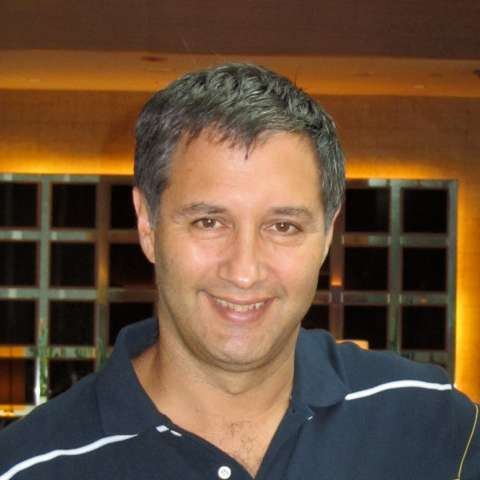The whole point of bel canto opera is the beauty of the singing. It's a truism, but patently one that the Met took to heart in 2011 when they staged Rossini's last comic opera, Le Comte Ory, casting three of the top bel canto singers of the day in the lead roles. Juan Diego Flórez, Joyce DiDonato and Diana Damrau are simply outstanding. This is difficult music to sing – fiendishly difficult – but all three have such rock solid technique that you'd never know it. They are so much in control of their voices that they can soar away on flights of fancy and dazzle you with a perfect phrase or a delicate ornament. Each individual performance is a master class; when the three come together for the big trio in Act II, this is about as good as Rossinian singing gets.
As regards the drama, this is straightforward slapstick stuff, served up by director Bartlett Sher with a generous slice of ham. In the title role, Mr Flórez overacts fearfully, all knowing winks and flashing eyebrows – but then it's hard to do otherwise when playing an incorrigible womaniser clad in full length hermit's robes and two-foot curly beard. You'll get a general flavour of proceedings if I tell you to look out for the Act II drinking chorus sung by knights cross-dressed as nuns while trying to escape the watchful eye of matronly Susanne Resmark, clad in high mediaeval lady-in-waiting headdress. In any case, everyone is so obviously enjoying the fun and giving out so much energy that you can't really complain, and any lack of subtlety in the acting is more than made up for by the perfection of Mr Flórez's singing: poised, clear, warm and delightfully lilted.
Ms DiDonato acts trouser roles as well as anyone these days, and she tackles the part of Ory's page Isolier with aplomb. Ms Damrau is suitably disingenuous as the target of Ory's affections, Stéphane Dégout produces splendid buffo patter in the drinking song, and Resmark and Michele Pertusi complete a strong supporting cast. Conductor Maurizio Benini keeps everything bubbling along without ever getting in the way of the main event, which is to allow you to listen to the voices.
Sher's staging is a riot of candy floss colours and costumes which are a confection of 19th-century dressmaking with occasional mediaeval props. It's all set in a stage-within-a-stage, with very visible 19th-century stage hands amusingly operating machinery, moving scenery and making butterflies flutter about. I'm not sure how well the constricted stage area would work if you were sitting high up in the Family Circle at the Met, but it's just fine in HD close-up.
Le Comte Ory doesn't have the same permanent place in the repertoire as various other Rossini works – The Barber of Seville and La Cenerentola in particular – in fact, this was its first ever production at the Met. Watching this performance, I did have to engage in a bit of head-scratching to figure out why. Perhaps it's that the plot of Ory is so overpoweringly silly, that the comic action in Barber or Cenerentola is rather slicker, or that their tunes are a shade more memorable. Most probably, I suspect, it's that Ory is much more difficult to perform, not least, it seems to me, because high-speed Rossinian comic singing is so much easier in Italian than in French. But with a cast of this quality, all that vanishes: relax, enjoy the fun and enjoy some truly awesome bel canto singing.


